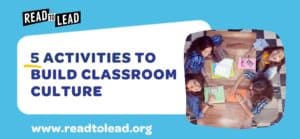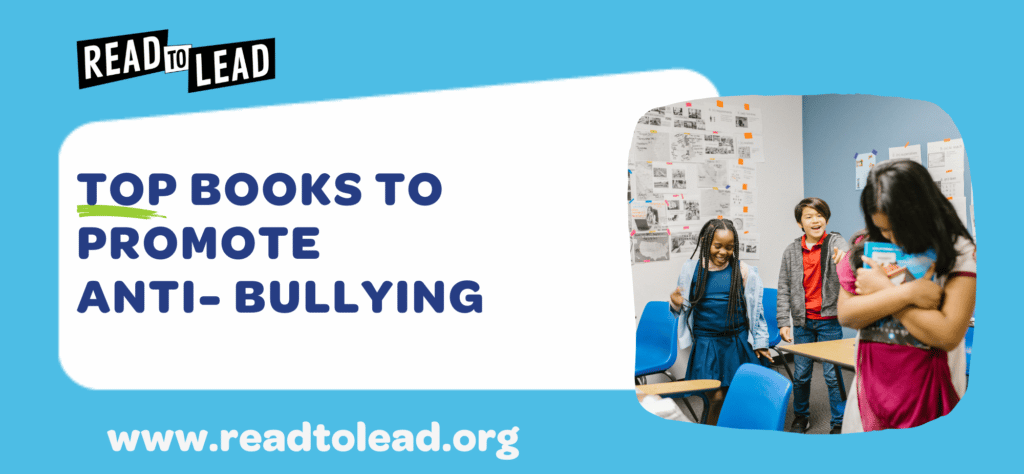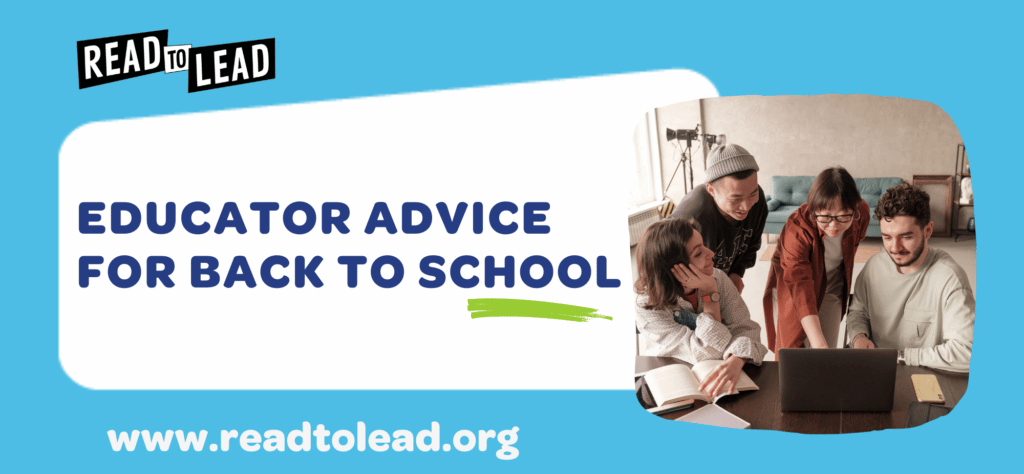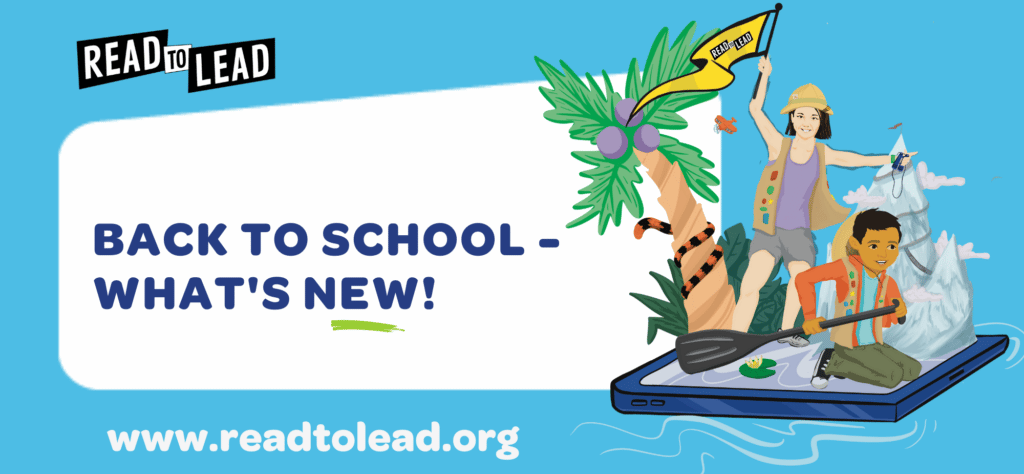
School is officially back in session! This is an exciting time for students and teachers alike, and we’re all eager to get the year started off on the right foot. Establishing a positive classroom culture is a great way to set your students up for success through the year, and it all begins on the first few days back at school.
Here are five of our favorite activities to build a classroom culture where all our students can thrive!
1. Set Classroom Expectations Together
Want a classroom that’s fun yet respectful and encourages creativity and collaboration? You’ve got to set classroom expectations with your students!
At the beginning of the year, it is so important to explicitly set the expectations for your classroom to ensure students know how best to show up for their learning. But for optimal results, make this a collective process done together with students! Having students contribute their input isn’t just beneficial for engagement, it also makes reinforcing these expectations much easier during the course of the year.
Pro Tip: As a class, review the school-wide expectations, and use this as a foundation to brainstorm what other expectations students have for themselves and their peers. Find a theme or a Golden Rule like “Treat others the way you want to be treated” and create a class contract based on it for students to sign. If possible, print the contracts and have students put their signed contracts somewhere they can see it every day – stapling it into their planners or taping it to their desks are practical options!
2. Represent Students Of Marginalized Backgrounds
How can we make all of our students feel welcome in their classroom, including students of marginalized backgrounds? Representation and inclusion!
We must actively take steps to ensure that our students of marginalized backgrounds feel represented and included in our classroom culture. This can mean a variety of different things, but some ideas to consider are reviewing the types of social and emotional check-in questions we are asking, as well as doing an audit of the content we feature in the curriculum. It is critical for students to see themselves in classroom materials, so curate texts, content, and tools used in your classroom to reflect the diversity of your students.
Pro Tip: Need some help deciding which books to include in your classroom? Check out our multicultural book recommendations for 5th, 6th, 7th, 8th and 9th grade to get started. And for an engaging classroom supplement that supports reading, vocabulary, and SEL while being culturally relevant, look no further than Read to Lead Games!
3. Understand The Power Of “Yet”
“Our words have power. They impact others, but they also impact us.” – Michael Hyatt
Bringing our students’ awareness to the power of their words is a worthy investment of time and effort, and can help shape their self-beliefs and image. Start the year by highlighting expressions we commonly use to describe ourselves, our abilities and capabilities, like “I’m not ….” and “I can’t…”, and have students discuss what they mean. Introduce the students to the concept of a growth mindset, and share the power of the word “YET”. Get your students to reframe their negative expressions about themselves by using the word “yet”, and encourage them to share their goals for themselves with each other. Over time, they may even start using it on their own, and perhaps even correct you!
Pro Tip: Start a practice for students to set an intention for the week using “yet”. E.g. “I can’t do long division yet.” Let that intention guide their work for the week. It will help boost students’ confidence as they work towards focused goals weekly!
4. Take Time To Reflect Together
Did you know that reflection can be a powerful learning tool to help students develop critical thinking skills, build self awareness and cultivate independence?
Build this important aspect of learning into your classroom culture by setting aside dedicated time at the end of the day or period for reflection. For many students, self-reflection may be a new concept, so having frameworks and references to guide them will be helpful. Come up with questions for your students to consider for reflection, and encourage them to pen their thoughts into a journal. Some examples of questions could be “What did you do to take a risk today in your learning?”, “What did you try today that was successful or unsuccessful?” or “How would you approach a problem differently in the future?”.
Such questions can prompt students to be more conscious of their decision making processes, and at the end of the year, their reflections will also showcase their own personal growth and development.
Pro Tip: Ask students to share their daily reflections in small groups to build up trust and respect, and nurture strong relationships with their peers.
5. Celebrate Class Success
It’s so important to have an element of teamwork in the classroom, and nothing brings together a group of people quite like working on a collaborative challenge. This is definitely true for our middle schoolers as well. And what better feeling than celebrating as a class when they crush big team goals! Wondering where you can get all of that?
Enter the Million Words Read Challenge – a game-based challenge on the Read to Lead platform that encourages middle school students to read, and rewards them with prizes! That’s right – the Million Words Read Challenge promises students games + fun + prizes PLUS bragging rights of being Millionaires when they reach the target milestone of one million words read collectively as a class! As students work through the literacy games, their words read count gets recorded on a leaderboard in real-time, so they can track their progress against classes around the nation, inspiring them to climb the board to the top.
The best part? When they become Millionaires, they’ll receive Read to Lead Student Prize Packs and a sponsored class party, courtesy of Read to Lead!
Pro Tip: Encourage other teachers in your school to join the Million Words Read Challenge to add in a little more friendly competition, and really bond your students together as a class as they work in collaboration to outdo Mr. Smith’s class in 6B 😉
Ready to accept the challenge? Sign up for a FREE Read to Lead account and get your students in on some reading fun and games, even as they create an awesome classroom culture that sets them up for success!
About Read to Lead
Read to Lead uses the power of game-based learning to empower middle school students to build literacy, life, and career skills. Teachers can sign up for a free account to get started!


